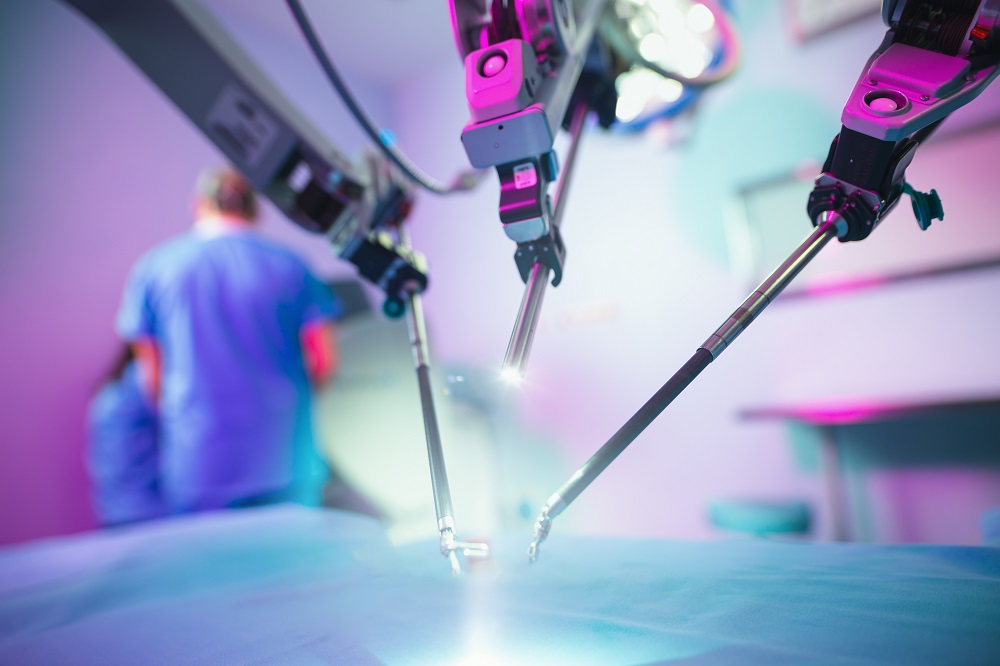Spinal Surgeon New York
Spine And Neck Doctor

Lumbar surgery means any type of surgery done to the lumbar spine.
Even if your Xrays indicate that you have disk issues or bone spurs it may be difficult to identify the source of your back discomfort. Other reasons may also be the cause of back pain. X-rays are often taken without symptoms to show bulging or herniated areas.
Nonetheless, there are times when back surgery is a viable or necessary option to treat serious musculoskeletal injuries or nerve compression. A pain management specialist can help you decide whether surgery is an appropriate choice after making sure you have exhausted all other options.

